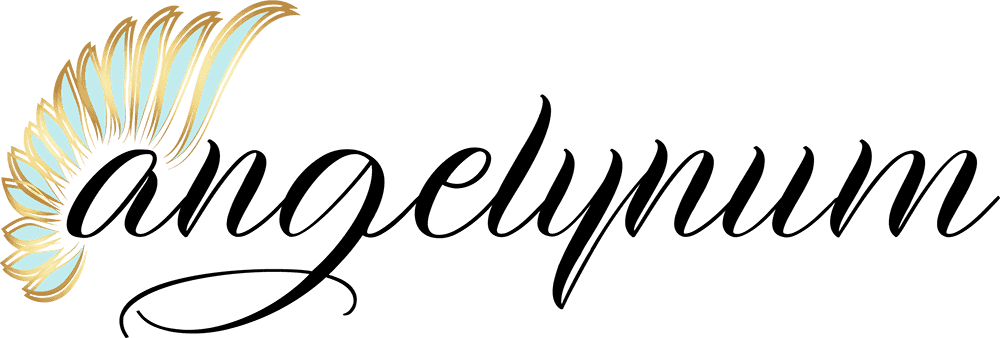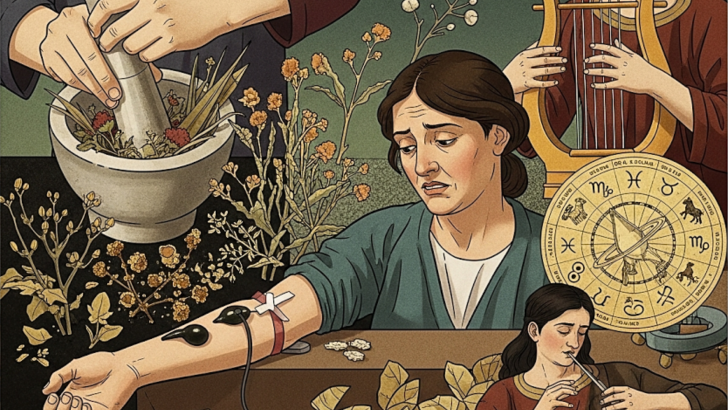Throughout history, people have struggled with anxiety just as much as we do today. The difference is in how they tried to treat it.
Without modern science, ancient and medieval societies turned to remedies that seem strange or even shocking by today’s standards.
From bloodletting to laughter therapy, these treatments reveal how creative, desperate, and resourceful humans have been in their quest for peace of mind.
Some of these methods were harmful, while others surprisingly anticipated modern practices. They remind us that anxiety is nothing new and that people across time have always searched for ways to soothe restless thoughts.
1. Bloodletting with Leeches
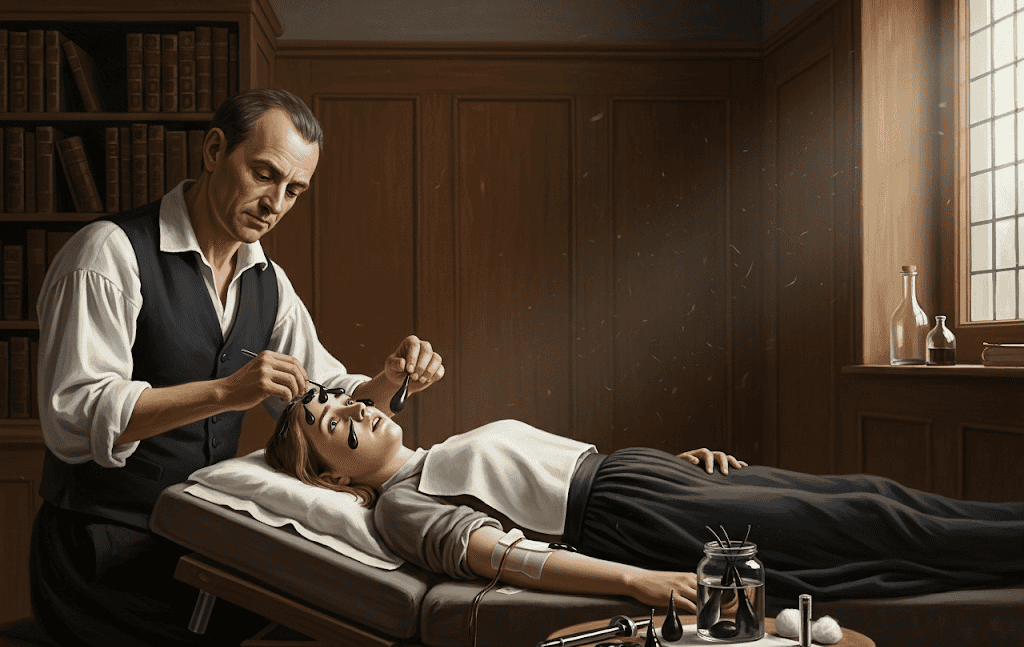
For centuries, doctors believed that anxiety and other mental struggles came from imbalances in the body’s “humors.” One popular cure was bloodletting, often using leeches.
The idea was that draining excess blood would restore balance and calm nerves. Patients endured sessions where leeches clung to their skin, drawing blood as a form of supposed healing.
While unpleasant, this treatment persisted for centuries across Europe and Asia. Today, we know it does little for mental health, but it shows how seriously people took anxiety.
Their belief in humors shaped medical practice and highlights the lengths people went to in search of relief.
2. Herbal Brews and Potions
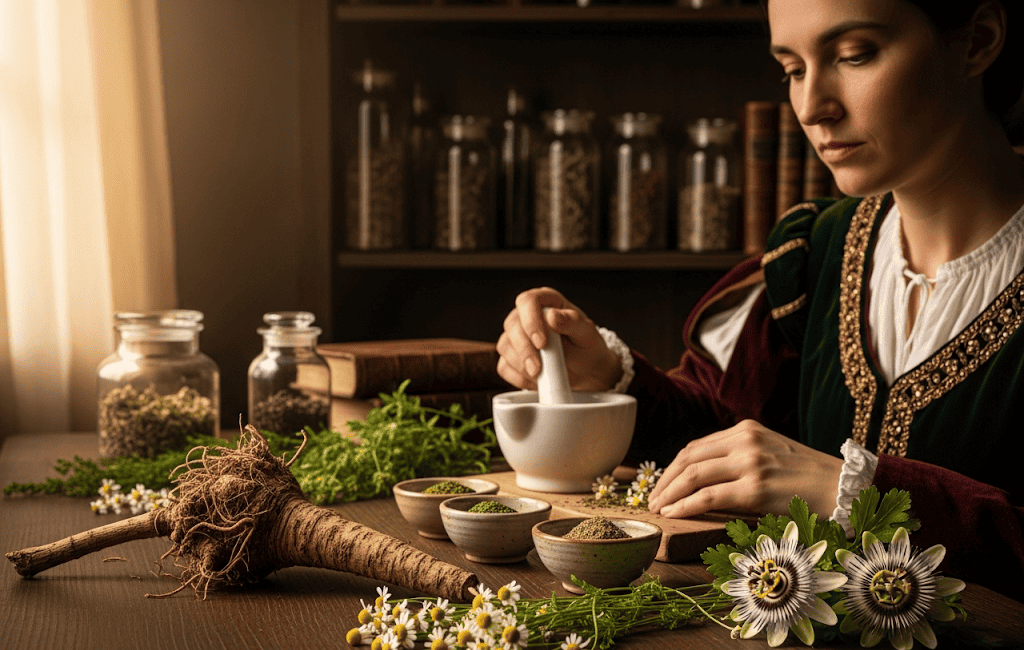
Herbal remedies were some of the earliest treatments for anxiety, blending folk knowledge with trial and error.
Plants like valerian root, chamomile, and passionflower were brewed into teas to calm nerves. Some worked mildly, while others had no real effect but still provided comfort through ritual.
In ancient Greece, Hippocrates recommended herbs to rebalance moods, and medieval healers often added prayers or charms.
These brews show how humans sought healing through nature long before modern medicine. Interestingly, many of these plants are still used today, proving that not all historical remedies were as bizarre as they first appear.
3. Trepanation, Drilling the Skull
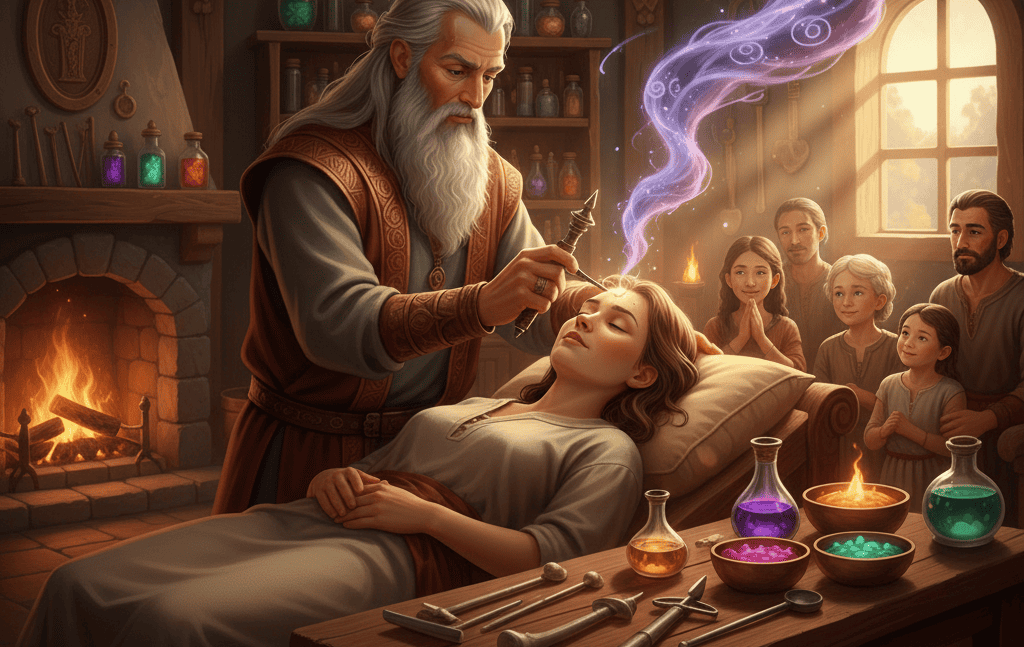
One of the strangest historical treatments was trepanation, where healers drilled a hole into the skull. This practice dates back thousands of years and was believed to release “evil spirits” that caused mental distress.
For those with anxiety or melancholy, trepanation was seen as a way to free the mind from invisible torment. The procedure was dangerous and painful, yet it appeared in cultures worldwide.
While shocking to us, it shows how ancient people tried to make sense of mental suffering through physical intervention.
Trepanation stands as a stark reminder of how far medicine has advanced since those early days.
4. Music as Medicine

In ancient Egypt and Greece, music was thought to calm the soul and restore harmony. Temples dedicated to healing sometimes used instruments like flutes and lyres to soothe troubled minds.
The belief was that sound could realign emotional balance and reduce anxiety. Modern studies confirm that music therapy can lower stress levels and even regulate heartbeat and breathing.
It shows that even in ancient times, people recognized the powerful connection between sound, mood, and emotional well-being, making this one remedy less bizarre than it seems.
5. Bathing Rituals and Hot Springs
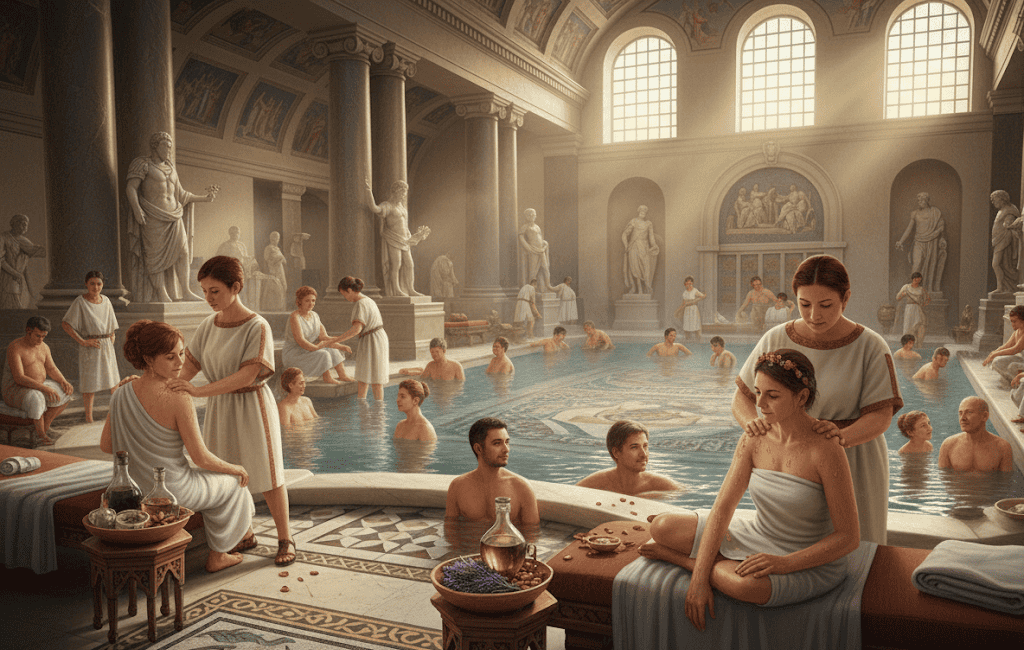
Romans and Greeks often prescribed bathing as a treatment for stress and anxiety. Public bathhouses, mineral springs, and even sacred pools were seen as spaces of both physical and mental healing.
Warm water, fragrant oils, and massages helped ease tension, while the ritual itself offered structure and comfort.
In Japan and China, hot springs were also valued for calming both the body and spirit. While not bizarre in effect, the belief that baths could cure all forms of anxiety.
6. Religious Exorcisms

In the Middle Ages, anxiety and mental distress were often seen as signs of demonic possession. The cure, according to priests, was exorcism.
Rituals included prayers, holy water, chanting, and sometimes harsh physical treatments. The anxiety sufferer was thought to be battling forces beyond their control, and spiritual leaders acted as healers.
While terrifying, these practices reflected a genuine attempt to provide comfort in a world without scientific explanations.
Exorcism shows how fear of the unknown shaped treatments, turning inner turmoil into a cosmic battle. Though outdated, it reminds us how cultural beliefs deeply shaped approaches to mental health.
7. Cold Showers and Shock Therapy
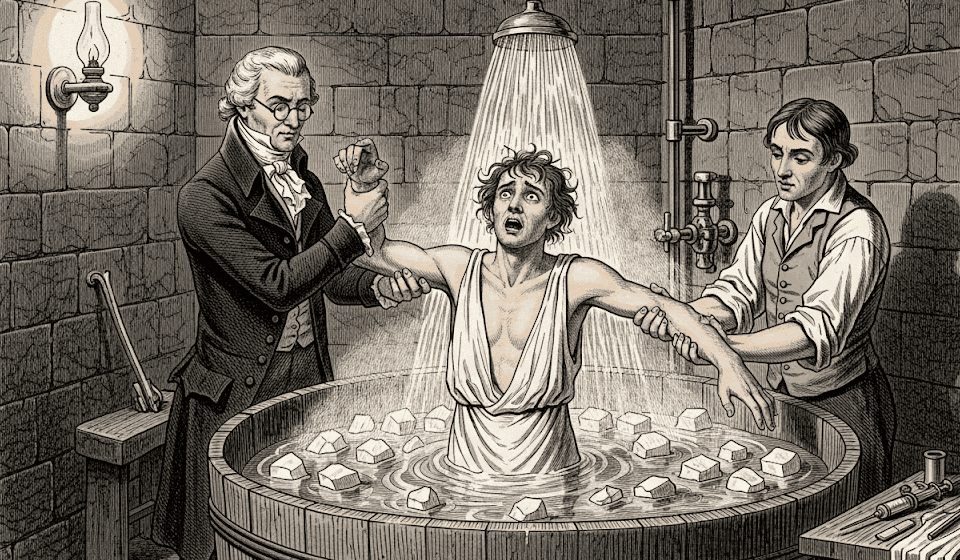
In the eighteenth and nineteenth centuries, doctors believed that shocking the body could reset the mind. Cold showers, ice baths, and sudden immersions were used to jolt anxious patients into calm.
Later, more extreme versions appeared with electricity. While unsettling, the underlying idea was to interrupt cycles of worry with a dramatic change in sensation.
Strangely enough, modern research shows that cold exposure can boost mood and reduce stress hormones. Though historical methods were crude, they anticipated practices like cold plunges that are popular today.
8. Laughter Therapy in Ancient Cultures
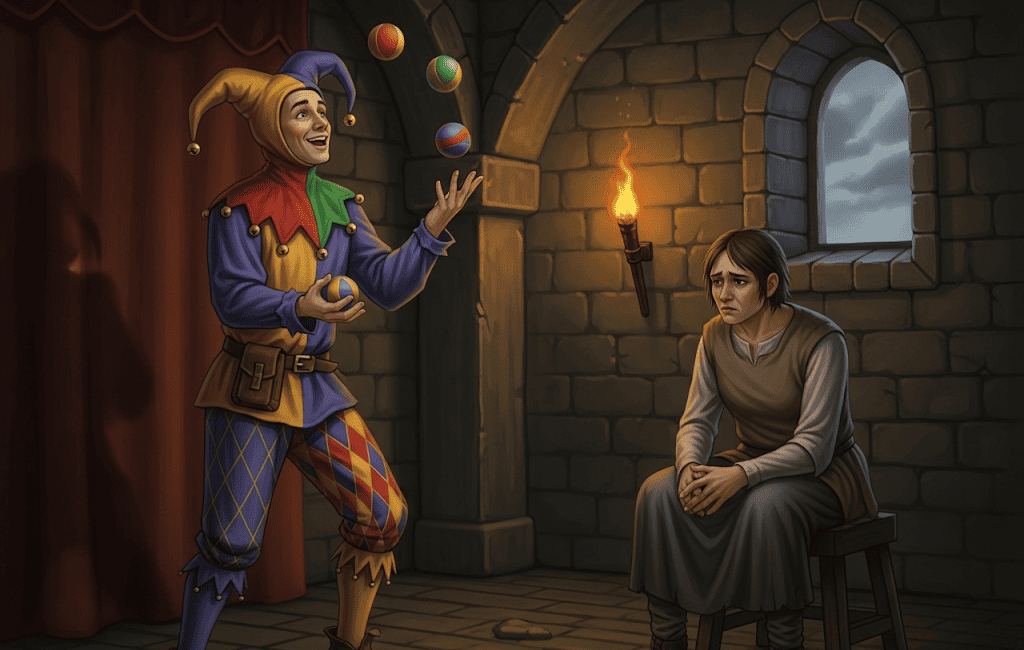
Some ancient healers believed that laughter itself was medicine for a troubled mind. In certain societies, clowns or jesters played a role in rituals meant to ease stress and restore balance.
The idea was that humor could break the cycle of fear and worry. Ancient physicians like Hippocrates even suggested that laughter could improve circulation and ease anxiety.
While it may have seemed odd to prescribe comedy as a cure, science now confirms that laughter reduces cortisol and improves mood.
What once seemed like a quirky remedy has stood the test of time, making it both bizarre and brilliant.
9. Diets and Strange Prescriptions
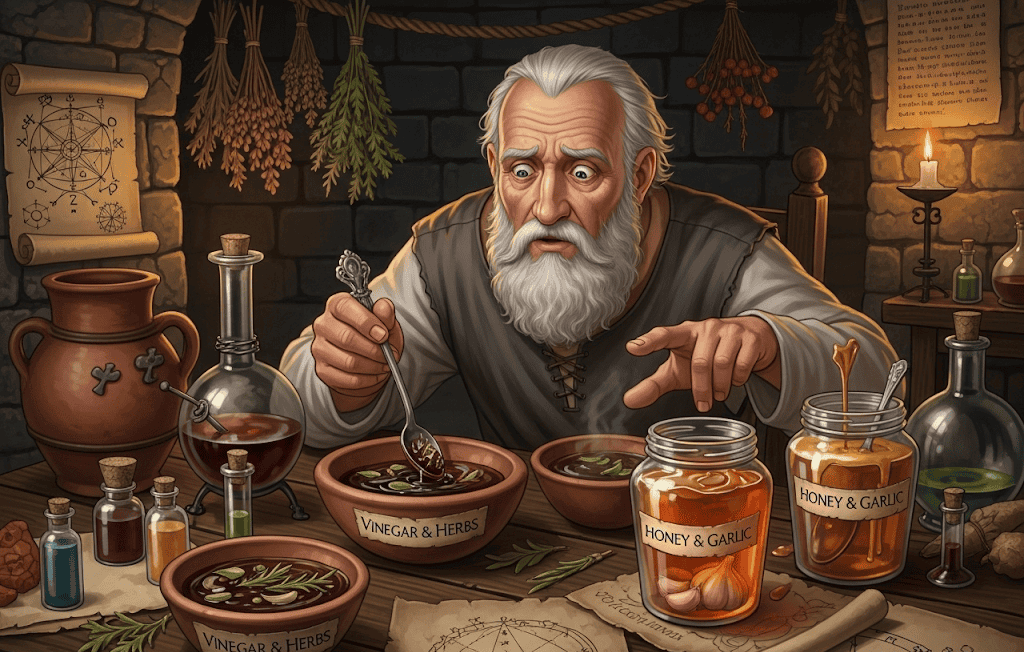
Diet played a big role in historical treatments for anxiety, though not always in ways that made sense. Ancient doctors might suggest eating certain meats, avoiding beans, or drinking wine in moderation to calm nerves.
In medieval Europe, odd mixtures like vinegar with herbs or honey with garlic were thought to cure worry. These prescriptions were based on humors or folklore rather than science.
While some diets may have eased symptoms, many were more superstition than cure. Still, they highlight how food has always been linked to emotional well-being, a concept that continues in modern nutrition studies.
10. Astrology and Planetary Influences

In many cultures, anxiety was linked to the stars. Ancient astrologers believed that the alignment of planets could influence mental health.
An anxious person might be told to wear certain charms, wait for specific lunar phases, or avoid actions during “unlucky” alignments.
While bizarre to us, astrology offered comfort by giving meaning to worry and uncertainty. By framing anxiety as part of a cosmic pattern, people felt less alone in their struggles.
This shows that even when remedies lacked science, they provided reassurance. The belief that our lives are connected to the stars still fascinates many people today.

私は生まれたときから、常に神との強いつながりを感じていた。作家として、また指導者として、私の使命は、人々が最も暗い時代に愛と幸福と内なる強さを見つけるのを助けることである。
